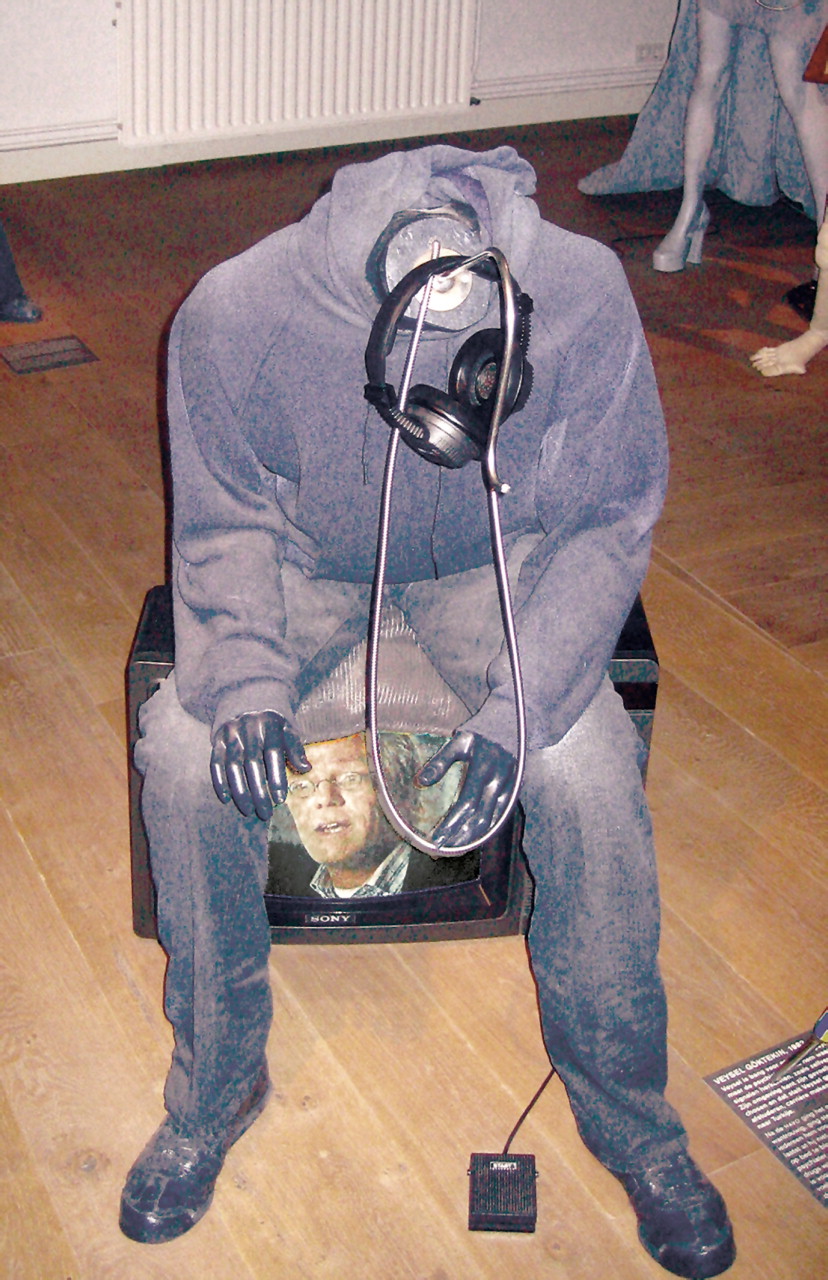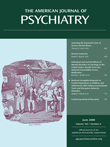Haarlem is a beautiful old town, already mentioned in accounts from the year 950 and gaining municipal rights in 1245, that is now a 15-minute train ride from Amsterdam. It has all the picturesque attributes of a medieval Dutch town: a windmill, canals, narrow winding streets, hidden gardens, a dramatic gothic cathedral, and a Dolhuys.
Het Dolhuys (asylum for the insane) was situated outside the original town walls. Built in the 15th century, it was a leprosy asylum and then became a “madhouse,” later fused with the pestilence asylum. This asylum for the sufferers of contagious diseases and madness was a place for the outcasts of society. But the town took seriously its responsibility for the housing and management of the insane inhabitants, who until then were kept enchained and hidden by their families. In 1841 the first Dutch Law on Insanity led to the building of large institutions for the care and treatment of psychiatric patients. The old Pest-en Dolhuys then became a hospital for the poor. The building’s last health care role was as a crisis clinic and a day care center for patients with Alzheimer’s disease.
Seven Dutch psychiatric institutions decided to lease the old complex, to combine their historic collections within Het Dolhuys. After a thorough renovation, the museum was opened to the public in January 2005.
In addition to the expected displays of straitjackets, water baths, and convulsive therapy instruments, the museum has a series of creative exhibits that take the visitor inside the head of a person with mental illness. For example, two
dolcellen (small isolation rooms) are still there. The door to one of them says, “Come in and close the door.” Once inside, you hear the frightening story of a patient about her first night in the isolation room. A former ward now is a “meeting room,” where several mannequins represent patients. Here you can “meet” patients with chronic depression, bipolar disorder, and dissociative identity disorder. The young man depicted in the
figure has schizophrenia. Through the headphones attached to where the head should be, visitors can hear in his own (Dutch) words about his disorder. He sits on a TV set on which CNN is continuously broadcasting a program on disasters (“Healing from Tragedy”). The young man tells how he spent many hours watching TV and became convinced that he himself was a terrorist and that people in the streets recognized him and were after him. The exhibit tries to help visitors experience the thoughts, convictions, and fears of a psychiatric patient.
The overall message of the exposition is in the Dutch tradition of tolerance, based on understanding of the obstacles that mentally ill persons face in the harshness and disorganization of their own thoughts.


